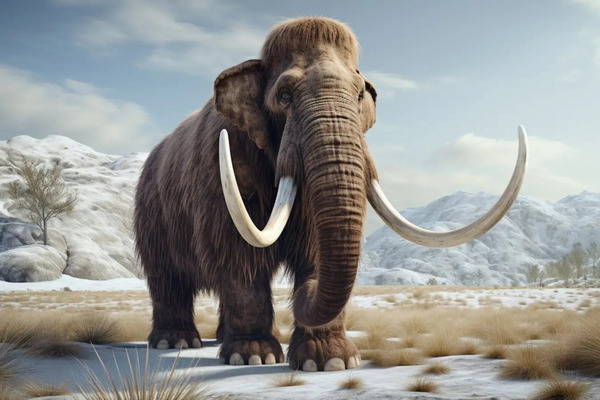The concept of reviving extinct animals, often referred to as "de-extinction," has captivated scientists, conservationists, and the public alike. As technology advances, the possibility of bringing back species that once roamed the Earth becomes increasingly plausible. In this article, we’ll explore the science behind de-extinction, the techniques involved, the ethical implications, and the challenges faced in reviving extinct animals.

De-extinction refers to the process of bringing back species that have disappeared from the planet. This could involve cloning existing specimens, using genetic engineering techniques to modify the DNA of related species, or breeding to recreate lost traits. The goal is to restore biodiversity and potentially rectify some ecological imbalances caused by human activities.
Cloning: This method involves taking a somatic cell from an extinct animal and inserting its nucleus into an egg cell from a living relative. A well-known example is the attempt to clone the woolly mammoth using DNA extracted from preserved specimens.
Gene Editing: CRISPR-Cas9 technology allows scientists to edit genes in living relatives to produce traits that resemble those of extinct species. For instance, researchers are exploring how to modify the genes of Asian Elephants-Are-Endangered.html">elephants to create traits reminiscent of the woolly mammoth.
Back-breeding: This technique involves breeding individuals of a related species to bring out desired traits that resemble those of the extinct animal. The Heck cattle project, which aimed to recreate the aurochs, is a notable example.
Several initiatives are currently underway:
Woolly Mammoth: Scientists are working on reviving the woolly mammoth by editing the genes of Asian Elephants-Are-Endangered.html">elephants to express mammoth-like traits, such as thick fur and cold resistance.
Passenger Pigeon: Once abundant in North America, the passenger pigeon was driven to extinction in the early 20th century. Researchers are studying the genomes of preserved specimens to potentially bring this bird back through genetic engineering.
Thylacine (Tasmanian Tiger): The thylacine, which went extinct in the 20th century, is another candidate for de-extinction. Scientists are investigating ways to use DNA from preserved skins to recreate this unique marsupial.
The idea of reviving extinct animals raises several ethical questions:
Biodiversity: Will bringing back extinct species truly benefit ecosystems, or could it disrupt existing wildlife?
Resource Allocation: Should resources be spent on de-extinction when there are currently endangered species that need immediate conservation efforts?
Animal Welfare: What are the implications for the welfare of de-extinct animals? Would they be able to thrive in today's ecosystems?
Despite the scientific advancements, several challenges remain:
Genetic Quality: Obtaining high-quality DNA from extinct species can be difficult, as DNA degrades over time.
Ecosystem Compatibility: Even if an extinct species is revived, there's no guarantee it will adapt successfully to the current environment, which may have changed drastically since their extinction.
Public Sentiment: The idea of de-extinction can be controversial, and public opinion varies widely. Balancing scientific goals with societal acceptance is crucial.
While the revival of extinct animals is no longer confined to the realm of science fiction, it presents a complex blend of scientific potential and ethical dilemmas. As researchers continue to explore the possibilities of de-extinction, it is essential to consider the broader implications for conservation and biodiversity. Whether we can bring back species like the woolly mammoth or passenger pigeon remains to be seen, but the conversation around de-extinction is sure to evolve as technology advances.
animal tags: Revive
We created this article in conjunction with AI technology, then made sure it was fact-checked and edited by a Animals Top editor.